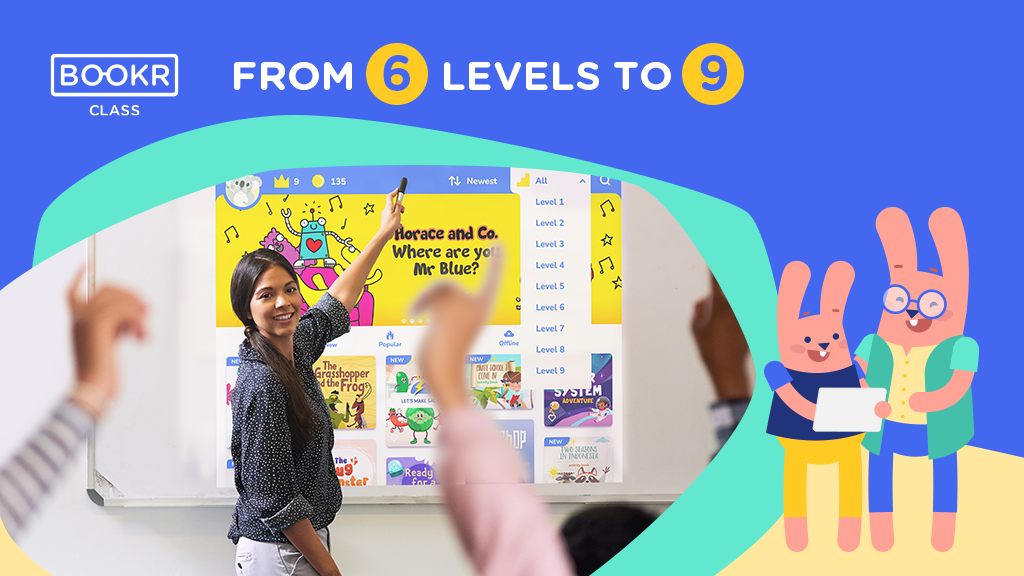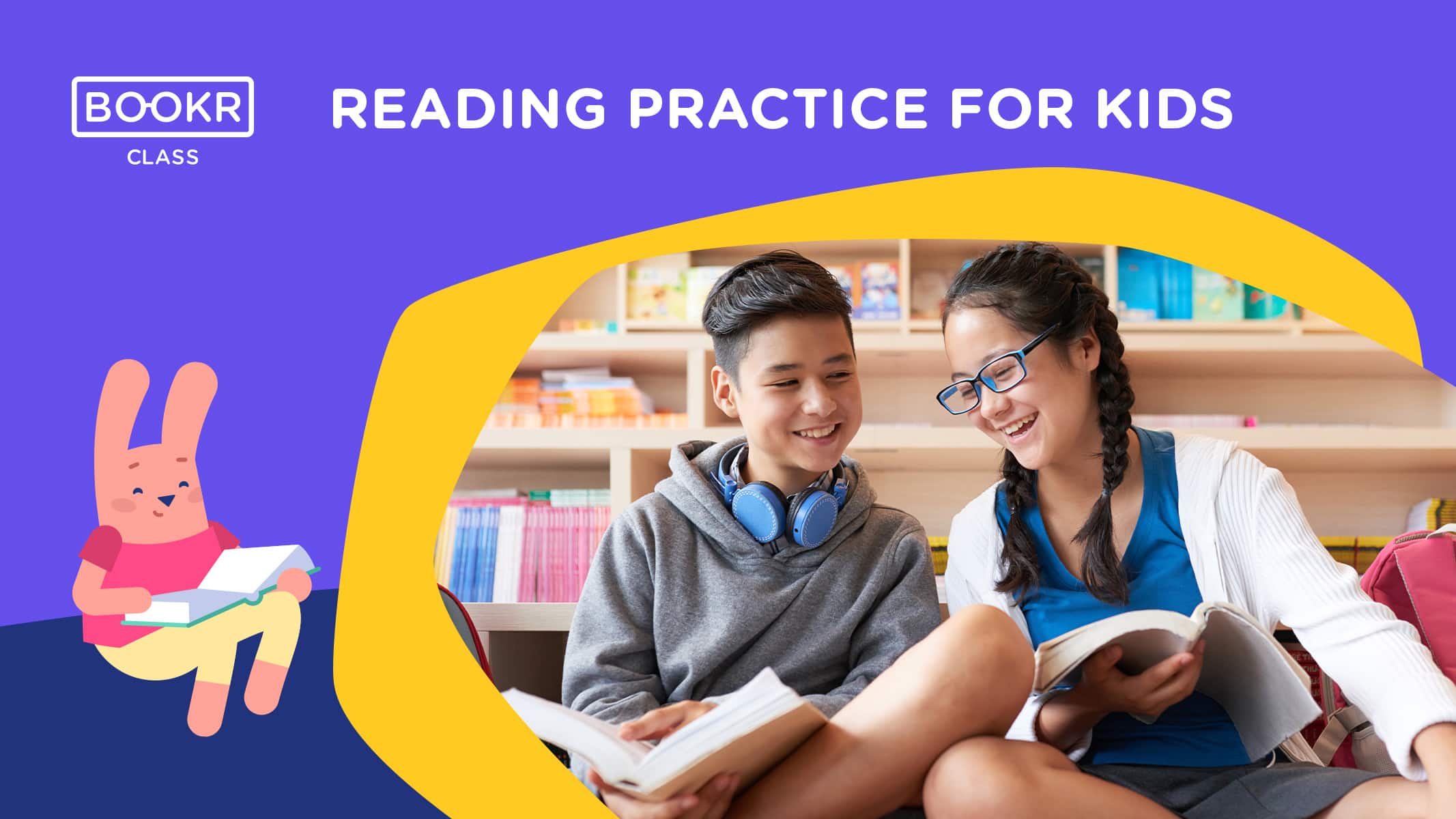How important is technology in education
Educational technology investigates the process of analyzing, designing, developing, implementing, and evaluating the learning materials, learners, and the learning process. The goal of educational technology is to improve teaching and learning. That could mean implementing many new tools into your lesson planning process and classes – and change can be scary. But let me show you why there’s no doubt it’s worth opening up to the opportunities of technology in education!
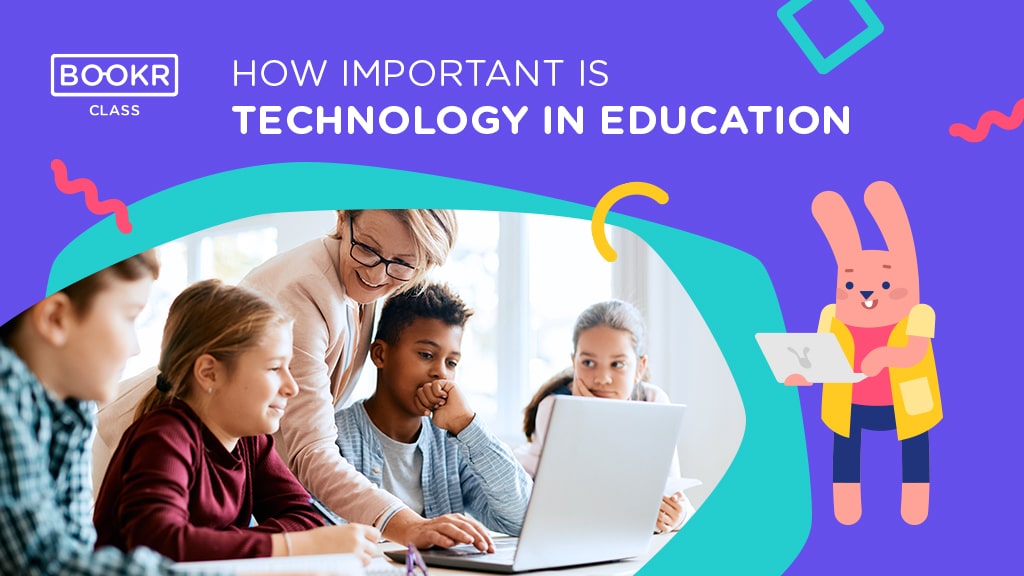
Table of content
How technology changed education
McKinsey data found that students in schools with sufficient technology devices performed better than those without access to technology and high-speed internet. EdTech enables teachers to support hybrid learning, creating an inclusive classroom environment that provides access to learners, regardless of their location or ability to physically be present in class.
Benefits of edtech
Studies have given us exciting insights into how edtech impacts traditional education.

Educational technology in education is crucial because it supports today’s teachers to integrate new and innovative tools into their classrooms.
Teachers are able to upgrade and improve the learner-centeredness of their classroom and customize learning. It provides plenty of resources so teachers can dedicate more of their time and energy on what they do best: educating.
It enables teachers to engage students in unique, innovative, and, very importantly, equitable ways. Immersive learning is an effective way to reach today’s generation of learners.
Using some of the tools, teachers can also expand their network and connect with other teachers and educators nationally and globally. Best practices are spread more easily and effortlessly, benefitting the quality of education. It increases collaboration amongst experts as well.
And last but not least, it’s just a lot of fun to learn with edtech tools. Fun classes create engaged students, and engaged students create better learners.
Different Educational technology tools
Depending what your main goal is, or what the problem is that you’re aiming to address with technology, you have different options.
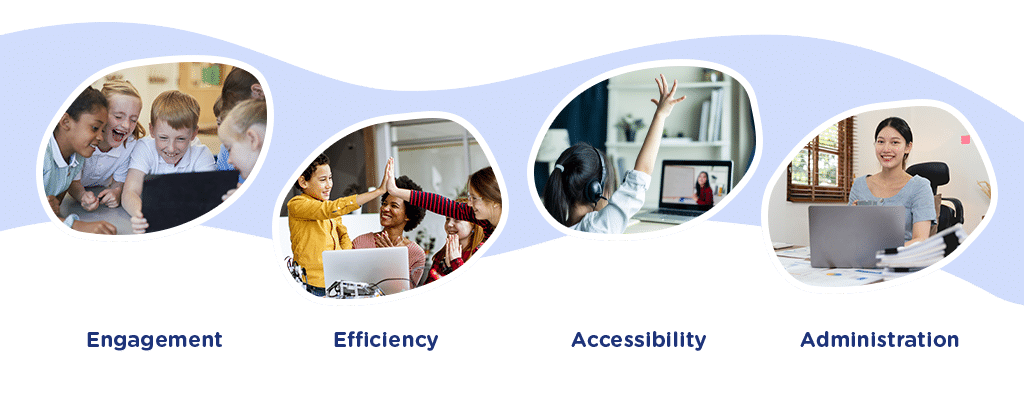
If you teach English as a second language, BOOKR Class is your tool! Learning a new language in an authentic context is very effective – over a thousand stories are waiting for you to teach grammar and lexis. And that is not all: after each book, there are plenty of games to practice reading comprehension and vocabulary you just learned from the story.
Kahoot! tackles the competitive side of the little ones in your class. Kahoot! is an online quiz game. Quite simple really: write your questions, create answers, share the code with your students and there you have it! A very simple quiz exercise made interesting and engaging. Students answer questions together or individually on their own devices. It’s an effective way to get students learning in a format they’re excited about.
The Meeting Owl is a classroom video conferencing camera that enables hybrid collaboration for students and teachers, so you can be teaching real-time in the classroom, while still catering to online students as well. This tool creates hybrid classrooms with its unique 360-degree camera that can capture audio and visual from everyone in the room.
Google Classroom and Google Workplace also gives you the ability to create online classes with many other administrative tools as well, to keep you connected to your students and colleagues. Teachers can use Google Classroom to organize assignments and create a collaborative online learning environment for students. You can create classes, distribute and grade assignments, provide feedback, and connect with students.
How can we use technology in the classroom?
We must recognize the importance of technical details that need to be available in a facility to integrate technology into our everyday teaching. Let’s see what the options are.
An ideal scenario is if the school is able to provide tablets to each pupil, allowing them to be as participative as possible. For older students in high school, using their smartphones for just these exercises is also an option – as long as it’s not against school policy.
Smartboards are a great way to work through a whole class activity. It’s interactive and interesting for the children to use them and contribute to the class in front of their peers. A potential pitfall here is an overly competitive environment, make sure that using technology in class for an all class activity encourages kids to support and encourage each other in learning. Create a friendly environment, teach them funny ways to say ‘well done’ to make it a habit.
Another issue that might come up is the strength of the internet connection in the classroom. To make sure loading pages and games goes smoothly, look for edtech tools with an Offline feature. With BOOKR Class for instance, you can download ESL books and games and use them offline anytime, anywhere.
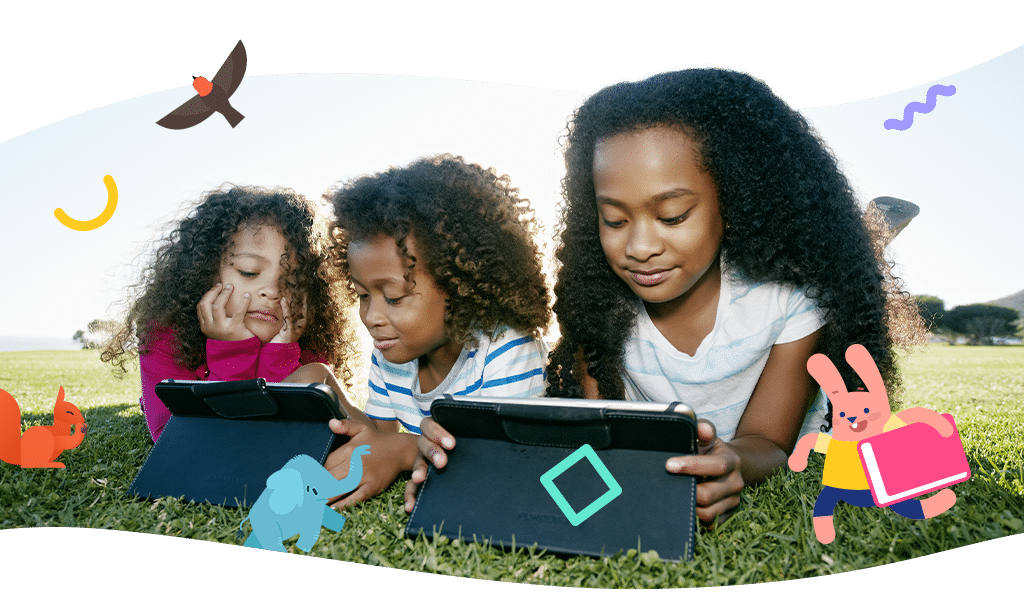
What else is out there?
High-speed Internet can connect lecture halls in different parts of the world and allow students in different locations to participate in the same lessons. This also can be an effective way for learners to collaborate across large distances.
In fact, video conferencing offers a wide range of opportunities, from teaching a class while being out of town to organizing meetings with parents who cannot participate in face-to-face meetings.
AR devices allow students to experience their lessons as if they were right before them. For example, medical students can see a 3D model of anatomy and interact with it in a virtual environment.
However, AR will surely become a staple in classrooms in the future, as students of all ages can benefit from an interactive learning experience. Of course, AR is one of the most high tech solutions on the market and not yet available as easily as some of the other tools but it’s worth looking out for any opportunities coming up.

